
Earlier this week at an event in Manhattan, LG launched its latest premium smartphone, the V40 ThinQ. At the event, I got to check out the new device, and played with the new camera features.
The triple-lens configuration is the first of its kind, offering a telephoto lens, a standard lens, and a wide angle lens. As of now, LG is the only OEM to offer that selection of lenses, and my particular favorite feature is that you can use all three lenses at the same time.
The three rear cameras are a 12MP 2X telephoto lens (3.2X of the wide-angle lens), a 12MP standard lens, and a 107-degree wide-angle lens. LG was actually one of the first to offer a dual-lens camera, with standard and wide-angle lenses. It's fitting that the firm be one of the first with a triple-lens camera, second only to Huawei's P20 Pro.
Of course, Huawei's three rear cameras are 8MP 3X telephoto, 20MP monochrome, and 40MP RGB lenses, so these are very different configurations. There's also no option to use all three at the same time.

Another thing that you can do is hold your finger over the camera icons to preview what each sensor is seeing. In my opinion, both of the above features are beneficial.
Deciding which sensor to use on a phone can be a sort of annoying process. Maybe you want 2X zoom, but you're worried about losing part of the frame. You don't have to play with the camera as much to get your shot. You can preview all three shots at once, and choose to get all of them if you want.
And then there's the dual front camera, which uses 5MP and 8MP resolutions.

This is, of course, for portrait mode. I included the screenshot above because in the viewfinder, it looks terrible, and the final shot is much better. It also has portrait lighting effects, like Apple started doing with the iPhone last year.
One thing that the V40 ThinQ allows you to do is adjust the amount of background blur, both while you're taking the picture and after. In the screenshot above, the blur is turned all the way up, as it is in the bottom row of photos.
Finally, LG added a feature called Cine Shot to the V40 ThinQ, which is similar to Cinemagraph, a feature found on Nokia Lumia Windows phones and Motorola Android phones.
The feature allows you to take a video where only a small part of it is moving. One thing that LG seems to have done better than its competition in this area is in stabilization. In many cases, you'll get these weird distorted parts of the video, and LG seems to have done a better job at that than Nokia/Microsoft and Motorola.
Other than the new camera features, the V40 ThinQ is the kind of phone that we've come to expect from LG. It has a 32-bit Hi-Fi Quad DAC, so LG still not only offers a 3.5mm headphone jack, but it offers one of the best headphone jacks on the market. The device has a glass back, and an OLED display with a notch.

I do find the choice to include a notch interesting. When LG launched the G7 ThinQ earlier this year, it announced the V35 ThinQ just a few weeks later. The devices were billed as having different feature sets, with the G-series having a notch and the V-series not having one.
At first glance, LG seems to have done a great job with the V40 ThinQ. Of course, we're going to have to wait for a review unit to make final decisions, but I'm pretty optimistic about it.


_story.jpg)






_story.jpg)


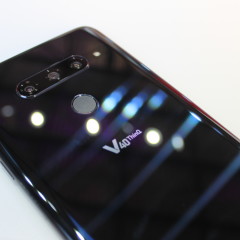

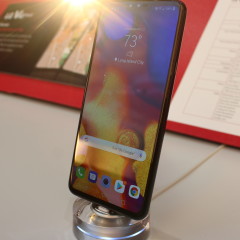
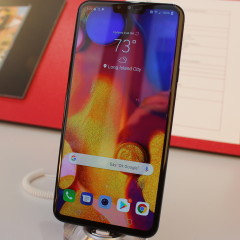
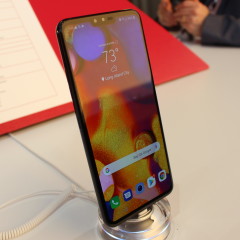
_thumb.jpg)








_thumb.jpg)





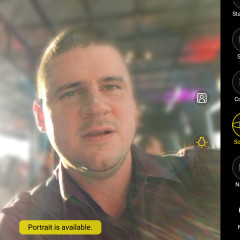


















5 Comments - Add comment